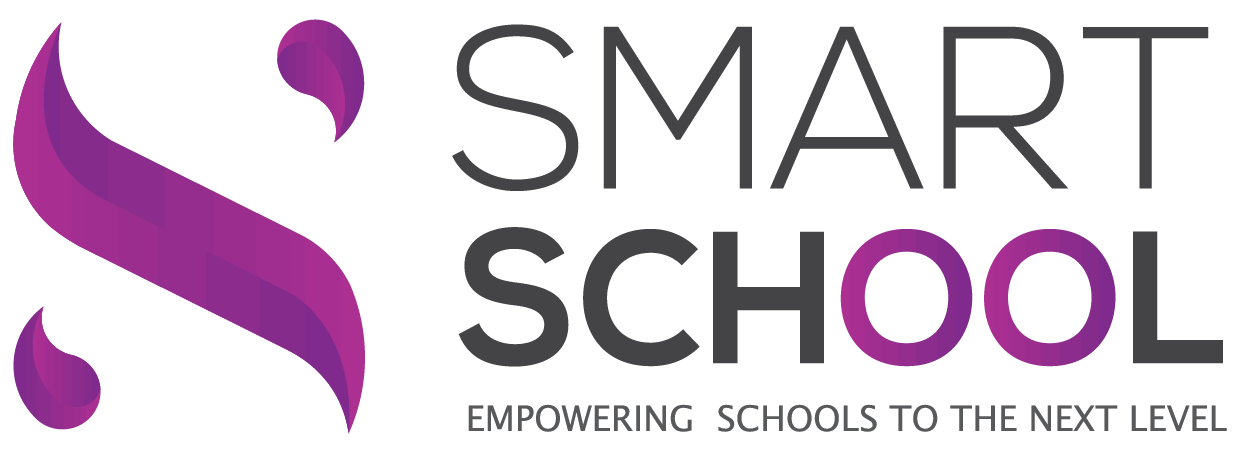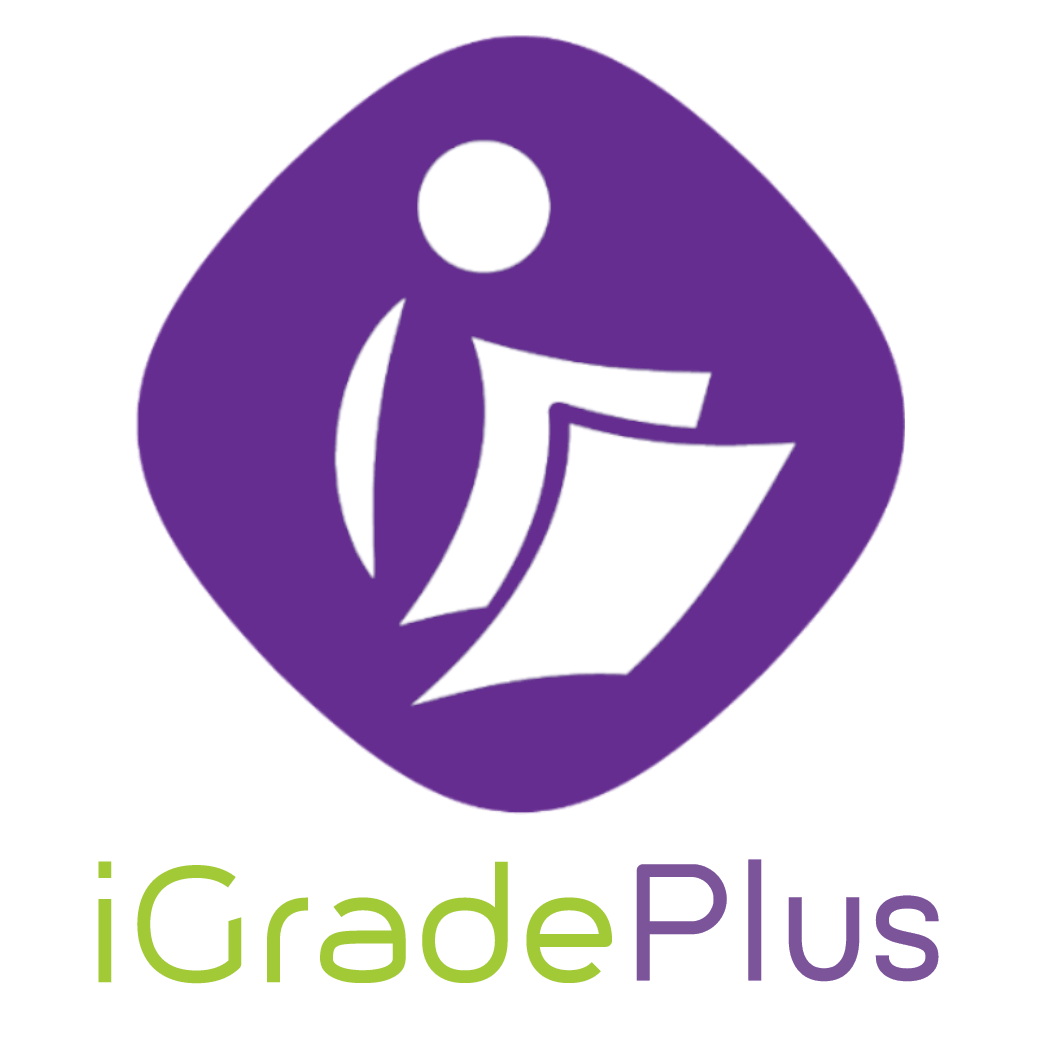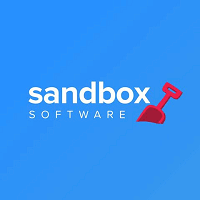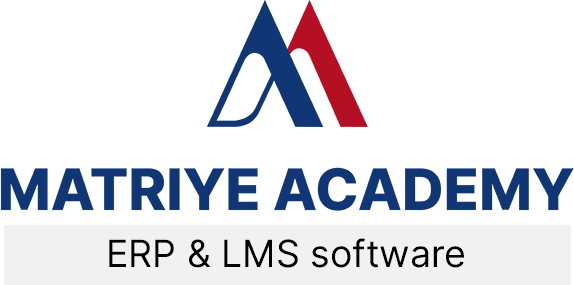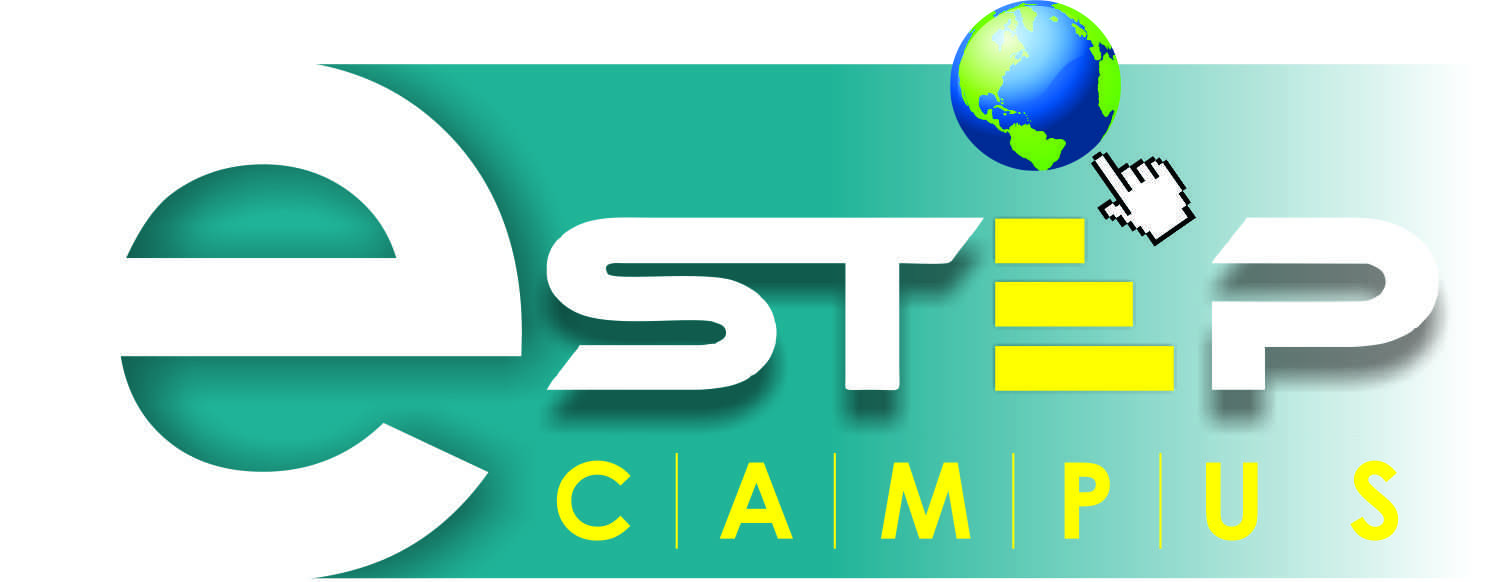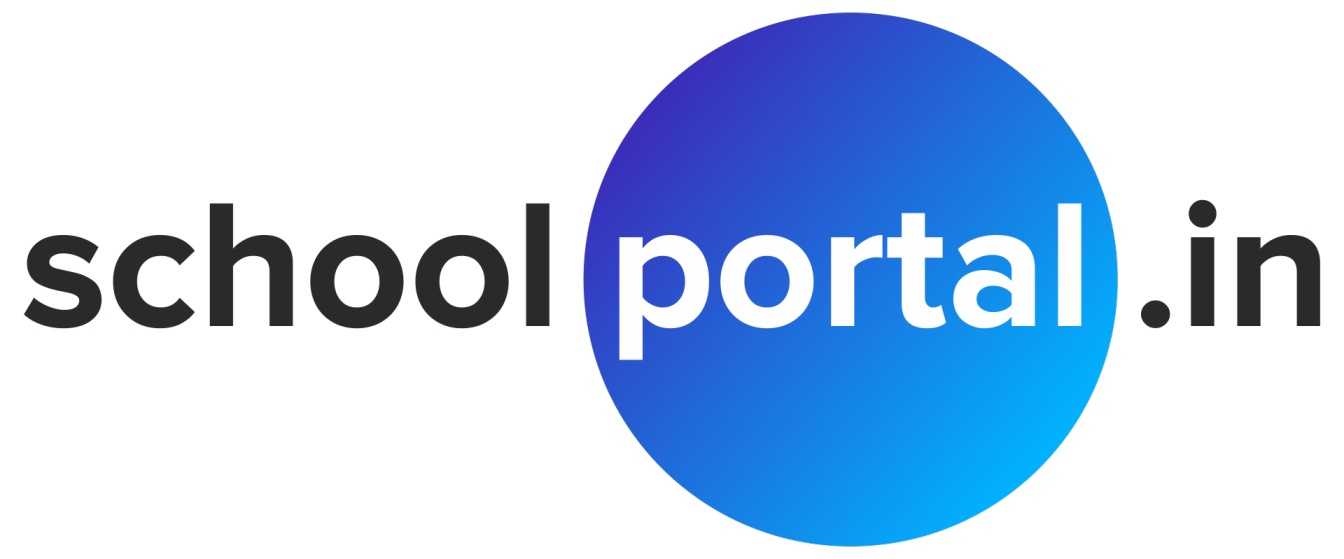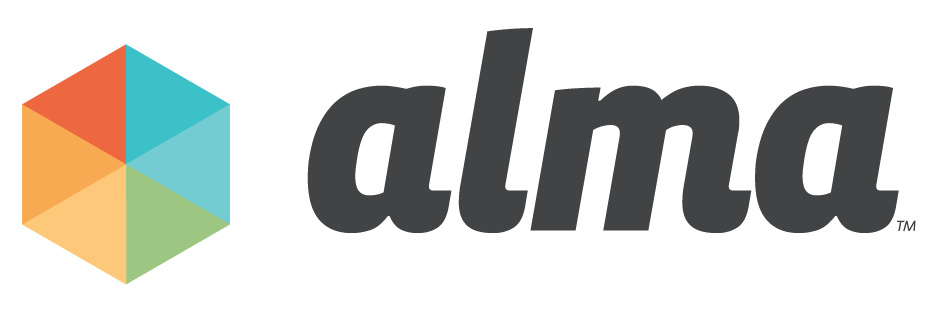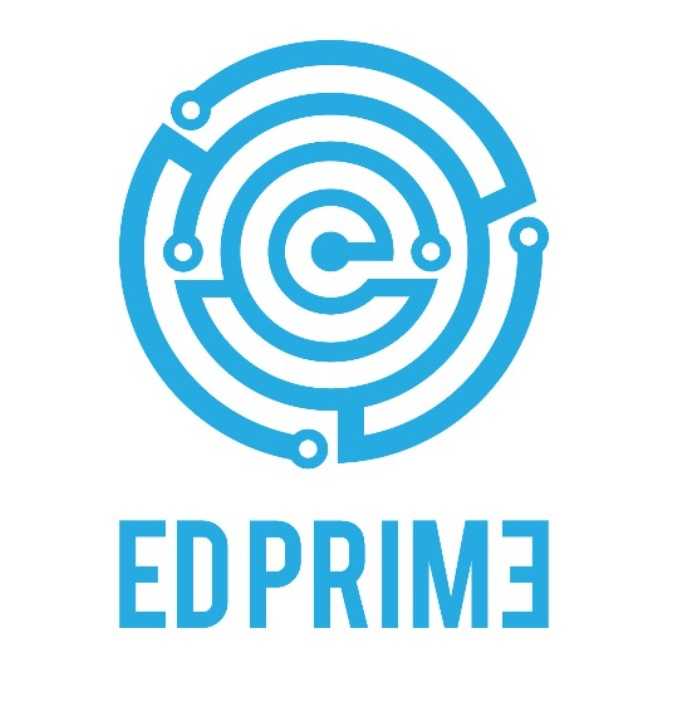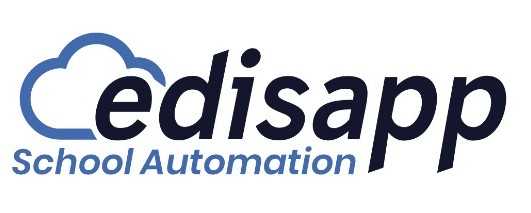What Is School Management Software?
School Management Software is a complete digital application that simplifies and automates many administrative and management activities in educational organizations. It provides a consolidated platform for schools, colleges, and institutions to manage student information, academic records, financial data, and other critical processes.
This program serves as a virtual assistant for school administrators, simplifying difficult processes and allowing them to focus on providing high-quality education services. From admissions and enrollment to scheduling, attendance monitoring, and report generating, school administration software efficiently manages all critical duties in one location.
One of the most major advantages of school management software is its capacity to enhance communication and collaboration among stakeholders such as instructors, students, parents, and staff. It includes tools like messaging, online notice boards, and parent portals to improve communication and keep everyone connected. Another important feature of school administration software is its data handling capabilities.
It securely stores student and staff information, such as grades, attendance records, and conduct reports. Authorized personnel can quickly access and update this information, encouraging effective record-keeping while ensuring data confidentiality. Furthermore, school management software provides a variety of academic tools, such as online tests, grading, and progress tracking, to improve the teaching and learning experience.
It allows teachers to develop digital lesson plans, distribute assignments, and even host virtual classrooms, making learning more interactive and interesting. When choosing school management software, it is critical to evaluate your institution's unique demands and requirements. Many software systems have particular capabilities for K-12, higher education, and language schools.
Additionally, search for a user-friendly design, dependable customer service, and customizable choices to ensure that the program suits your school's specific workflow. With its numerous advantages and diverse capabilities, school management software is a necessary investment for any educational institution, large or small. It can save time, money, and enhance overall efficiency, making it an invaluable resource in the academic world. By incorporating technology into their operations, schools may offer a more modern and seamless experience to all stakeholders.
What Are The Recent Trends In School Management Software?
In recent years, there has been an increase in demand for efficient and comprehensive school administration software. With technology becoming a vital element of education, school management systems have changed to meet changing educational demands and trends. One of the most important trends in school administration software is the migration to cloud-based solutions.
This allows users to access the system from anywhere and at any time, allowing for smooth communication among teachers, students, and parents. Cloud-based software also minimizes the need for hardware and maintenance, making it an affordable alternative for schools. Another development in school administration software is the inclusion of artificial intelligence (AI) and machine learning (ML) features.
These technologies can help to automate administrative duties including attendance monitoring, schedule creation, and grade management. They can also provide useful insights and analytics to educators, enabling them to make data-driven decisions. Personalized learning is gaining traction in the education industry, and school management systems are incorporating features to enable it.
This trend includes elements such as adaptive learning, tailored exams, and real-time progress tracking, which enable educators to modify their teaching techniques to each student's specific needs. Another development in school administration software is the inclusion of strong security measures, which corresponds to the growing emphasis on data protection.
This includes user authentication, data encryption, and scheduled backups to ensure the security and confidentiality of critical student and school information. Finally, the integration of communication and collaboration technologies is becoming an increasingly important component in school administration software. It enables seamless communication among school staff, parents, and students, keeping everyone informed and engaged in the educational process.
Benefits Of Using School Management Software
School management software is a comprehensive and all-in-one solution meant to expedite a school's administrative responsibilities, allowing educators and administrators to more easily manage and monitor numerous operations. As schools change and adapt to the digital age, incorporating school management software becomes increasingly important.
Let's eplore, we'll look at the numerous benefits of utilizing school management software and how it may boost a school's overall efficiency and effectiveness.
1. Centralized Data administration: One of the most significant benefits of adopting school administration software is the ability to centralize data management. It enables administrators to store and organize a variety of information, including student data, attendance, grades, and timetables, all in one location. Centralized data management makes it easier to access and update information, lowering the risk of data loss or duplication.
2. Improved Communication: Effective communication is essential in every educational institution, and school management software helps with that. The program includes built-in communication features like as email and messaging systems, allowing teachers, parents, and students to connect conveniently and effectively. This tool helps to keep all stakeholders informed and connected, resulting in improved collaboration and engagement.
3. Streamlined Administrative Procedures: School management software automates a variety of administrative procedures, allowing administrators and teachers' time and energy to devote to other important activities. This software may manage functions such as attendance tracking, schedule scheduling, and report card generation, greatly lowering staff workload and increasing overall productivity.
4. Real-Time Data Access: School management software allows managers to view real-time data and reports on a variety of school operations. This feature enables them to evaluate the school's performance and discover areas for development while making strategic decisions based on data.
5. Increased Parental Involvement: Parents play an important role in their child's academic career, and school management software can help them get more involved. Parents can check their child's attendance, grades, and exam schedules via a parent portal, keeping them informed and involved in their child's education.
6. Cost-Effective: While using school management software may appear to be a large expenditure, it is ultimately cost-effective. Schools can cut administrative costs by increasing work efficiency and automation and redirecting those resources to other academic requirements.
7. Enhanced Security: School management software has security features that protect the confidentiality and integrity of school data. Schools can protect sensitive information by implementing password-protected access and regular data backups for both students and staff.
Important Factors To Consider While Purchasing School Management Software?
When it comes to administering a school, having trustworthy and efficient software is crucial. School management software is meant to handle a variety of administrative responsibilities, including attendance monitoring, grade management, and parent contact. With so many alternatives available, it might be difficult to choose the best one for your school. That is why it is vital to consider the following factors before making a purchase:
1. User-Friendly Interface: A user-friendly interface is essential for instructors and administrators. The program should be simple to use and require little training from users to comprehend its operations.
2. Features And Customization: Before investing in school management software, determine your school's unique requirements and hunt for software that meets those demands. Common functions include attendance monitoring, grade management, and report generation. Additionally, customization possibilities are vital for adapting the software to your school's specific needs.
3. Integration With Existing Systems: Ensure that the school management software is compatible with your school's existing systems, such as student information systems and learning management systems. This will save time and effort on data entry while also streamlining operations.
4. Security And Data Privacy: Because school management software will contain sensitive student and staff information, it is critical to select software that has strong security mechanisms in place. Ensure that the program complies with data protection rules, such as GDPR.
5. Ease Of Access: As the trend toward online learning and remote work continues, it is critical to select software that can be used from anywhere, at any time. Look for software that includes mobile and cloud-based choices for convenient access.
6. Customer Assistance and Training: Purchasing school management software is a substantial investment, and it is critical to have dependable customer assistance and training accessible. Make sure the software provider provides continuing support and training to ensure a seamless setup and usage.
7. Pricing: Because school budgets are often limited, it is critical to analyze the software's cost before purchasing. Investigate and compare the prices of various software options to choose the greatest fit for your budget.
By taking these aspects into account, you can make an informed decision on the best school management software for your institution. It is critical to thoroughly investigate and demo many possibilities in order to discover software that suits your school's specific requirements and positions you for success.
What Are The Key Features To Look For In School Management Software?
School administration software is a crucial tool for modern educational institutions, providing an efficient and simplified approach to manage administrative activities while also improving students' overall learning experiences. However, with so many options available on the market, it can be difficult for purchasers to select the best software for their institution.
To make an informed decision, here are the important characteristics to look for in school management software:
1. Student Management: The program should include tools for admission, enrollment, and attendance tracking, as well as the capacity to handle student records and information. It should also allow for easy communication with parents and students, such as via email or SMS.
2. Staff Management: The program should cover all areas of personnel management, including hiring and payroll. It should also support handling teacher schedules, leave requests, and evaluations.
3. Curriculum Management: Look for software that will allow you to easily develop, organize, and manage lesson plans, assignments, and evaluations. It should also provide options for tracking student progress and generating reports.
4. Finance Management: A decent school management software should provide comprehensive financial management capabilities. It should help with responsibilities such as fee collection, budgeting, spending management, and financial reporting.
5. Communication And Collaboration: The software should include capabilities to encourage communication and collaboration among instructors, students, parents, and administrators. This may include online forums, messaging, and discussion boards.
6. Multiple Access degrees: As an institution, you may want to grant multiple degrees of access to different users, such as teachers, students, parents, and employees. The software should enable you to regulate and manage these access levels in order to ensure data security and confidentiality.
7. Mobile Compatibility: With the growing popularity of mobile learning, it is critical to have school management software that is compatible with mobile devices. This will allow students, teachers, and parents to easily access information and features while on the road.
8. User-Friendly Interface: A user-friendly interface is essential for successful software uptake and use. It should be designed intuitively, with simple navigation and directions.
9. Customizability: Each institution has distinct requirements, and the software should be adaptable to those demands. This can include branding, custom fields, and unique workflows.
10. Customer Service And Training: It is critical to select a reputed software vendor who provides great customer service and training. They should have a quick and attentive crew to deal with any questions or technical concerns that may arise.
Why Do Businesses Need School Management Software?
School management software has emerged as a crucial tool for education-related enterprises. This software includes a variety of features that help to streamline administrative work, improve communication, and improve school management overall. As a buyer, you may be wondering why investing in school management software is necessary for your organization. Let's look at the reasons why businesses need school management software.
First and foremost, school management software automates different administrative chores, allowing organizations to save time and resources. This program automates all operations, from student enrollment and registration to fee collecting and attendance tracking, saving manual labor and human error. This not only improves the efficiency of the process, but it also allows instructors to devote more time to providing quality education.
Furthermore, school management software promotes better communication among instructors, students, and parents. It offers a unified platform for real-time communication, allowing teachers to easily update grades, share class materials, and send notes to parents. This encourages transparency and allows parents to stay informed about their child's progress, resulting in a strong interaction between school and home.
The software also allows organizations to generate statistics and analytics on a variety of topics, including student attendance, performance, and fee collection. This data enables organizations to make informed decisions and discover areas for improvement. It also allows users to keep track of their financial situation, analyze their expenses, and efficiently create budgets. Security is another critical factor that firms must address.
School administration software provides a secure platform for storing sensitive data such as student records, financial information, and communications between the school and parents. This preserves data protection and prevents unwanted access, thereby protecting the company's reputation. Furthermore, school management software provides customization choices to meet the unique needs of each school, whether they are small private institutions or major universities.
This flexibility enables firms to select the capabilities that best meet their needs without investing in unneeded equipment. In today's digital world, a strong online presence is essential for businesses to remain competitive. School administration software provides a specialized portal or website for the school, allowing it to exhibit its services and amenities to prospective students and parents. This helps to attract new students while also improving the school's general image.
How Much Time Is Required To Implement School Management Software?
The installation time for school management software varies based on a number of factors, including the size of the school, the complexity of the software, and the availability of resources. On average, completely implementing school management software might take anything from a few weeks to a few months. The first stage in deploying school administration software is to form a team that will oversee the entire process.
This team should include school officials, IT workers, and key stakeholders. The team will be in charge of understanding the school's needs, selecting the appropriate software, and ensuring a smooth transfer. The next step is to tailor the program to the school's specific requirements. This can include entering student and staff information, implementing grading systems, and configuring user rights.
Once these basic processes are accomplished, the software must be evaluated and fine-tuned to ensure proper functionality. This can take many weeks, depending on the complexity of the software and the level of testing. The final step is to teach the personnel how to utilize the software successfully. This can take anything from a few days to a few weeks, depending on the size of the school and how many staff members need to be taught.
Overall, the implementation time for school administration software might be anything from 4 to 16 weeks. It is critical to highlight that this is a one-time process, and once installed, the software can considerably increase the efficiency of school operations while saving time in the long run. As a result, investing the necessary time and resources into a successful deployment is critical for reaping future rewards.
What Is The Level Of Customization Available In School Management Software?
School management software includes a wide range of features and operations that are intended to streamline and improve educational institution management. One key factor to consider when selecting school administration software is the level of customization available. Customization refers to the capacity to modify software to a school's individual needs and preferences.
Many school management software solutions provide for a high level of customization, giving schools a variety of alternatives to tailor the software to their individual needs. This may contain customisable dashboards, forms, reports, and communication templates. One significant advantage of customization is the possibility to integrate the program with existing school systems and workflows.
This can help to improve efficiency and reduce the time and effort required to transition to a new system. It also helps schools maintain uniformity and continuity in their operations. Another advantage of customisation is the ability to meet the specific demands of different school kinds, such as elementary, middle, and high schools.
The program may be customized to meet the unique difficulties and needs of each level, making it a more valuable and effective tool for managing everyday chores and operations. Customization can also include user roles and permissions, allowing schools to manage and limit access to important data and services. This is especially crucial for protecting data security and privacy, as well as limiting access to specific capabilities that may not be useful to all employees.
Finally, the level of customisation available in a school management software can have a significant impact on its utility and success in meeting the needs of the school. When comparing choices, examine the extent of customization features available and how they correspond with the school's specific objectives and goals.
Which Industries Can Benefit The Most From School Management Software?
School Management Software is an invaluable tool that can benefit a wide range of education-related enterprises. Its extensive features and functionalities help simplify administrative work, improve communication, and improve the student learning experience.
We'll look at which sectors could gain the most from this software.
1. Educational Institutions: School management software is primarily used by educational institutions such as schools, colleges, and universities. These schools handle a large volume of administrative responsibilities, such as admissions, scheduling, attendance, and grading. These duties may be managed efficiently using this program, saving the team time and resources. It also improves communication among teachers, students, and parents, resulting in a smooth flow of information.
2. Government And Public Sector: Government and public sector organizations have an important role in education, ranging from institution regulation to grant and scholarship funding. School Management Software can assist these organizations in managing data and tracking the growth of educational institutions. It also helps to ensure regulatory compliance and efficient resource allocation.
3. Corporate Training Firms: Corporate training firms frequently offer education and training to their personnel. School Management Software can help you keep track of training programs, manage employee progress, and evaluate the effectiveness of training. It also enables personalized learning via course customisation and assessments.
4. Non-Profit Organizations: Non-profit organizations that promote education and skill development can also benefit from School Management Software. It can aid with gift management, spending tracking, and program progress monitoring. This software also includes analytics and reporting features, allowing companies to demonstrate the impact of their efforts.
5. Online Education Platforms: With the growing popularity of online education, School Management Software has become an essential tool for online education platforms. It includes elements such as virtual classrooms, online assignments, and online exams that help teachers deliver courses and connect with students more effectively. This program also serves as a consolidated platform for all course materials, allowing for easy management of different courses.
Conclusion
To summarize, investing in reputable school management software can considerably benefit educational institutions by easing administrative processes, boosting communication with stakeholders, and delivering important insights through data analysis. As a buyer, you should carefully analyze your institution's unique demands and goals, as well as the features and functionality provided by other software solutions.
It is also critical to thoroughly investigate and evaluate various suppliers, pricing models, and customer service offerings. By taking a comprehensive approach and making informed decisions, a school can truly leverage the power of technology to improve its operations and educational experience for all involved. Remember, school management software is more than simply a tool; it is a long-term investment in success and growth. So, choose intelligently and watch your institution prosper with the proper software.


